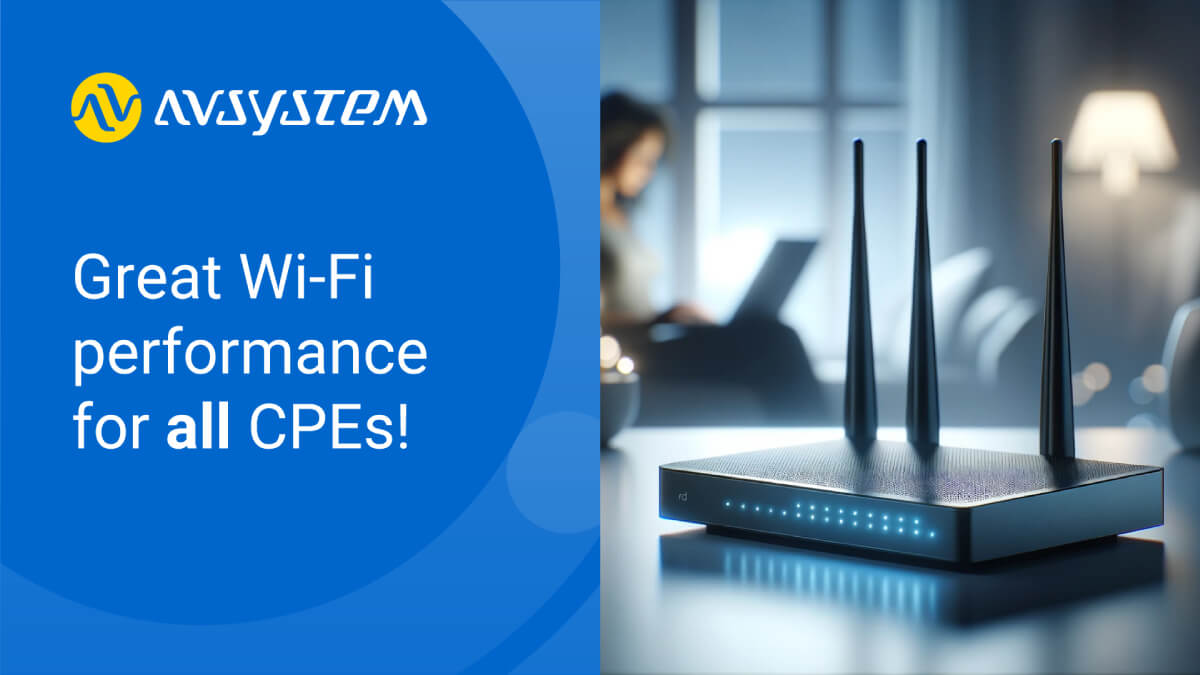7 Useful Features of TR-069 Servers for Efficient Device Management

What to Look for in the ACS?
TR-069 servers (Auto-Configuration Servers - ACS) provide a comprehensive solution for the remote management of customer-premises equipment (CPE) devices. They offer a wide range of features to improve efficiency and network performance. In this article, we'll explore seven useful options available in ACS, including mass device management, firmware upgrades, high-frequency monitoring, WiFi scanning, MESH graph representation, software package management, and parental control capabilities.
Explore features of a top-class ACS.
Mass Device Management
One of the primary advantages of the TR-069 server is its ability to manage multiple devices simultaneously. This mass device management feature allows administrators to configure any parameter available on connected devices. It simplifies the process of applying settings and policy changes across an entire network and reduces the manual effort required to manage individual devices.

Firmware Upgrade campaigns
TR-069 server enables network administrators to carry out large-scale firmware upgrades on connected devices. This feature offers full tracking of progress and includes retry policies, ensuring a smooth and efficient update process. By automating firmware upgrades, the ACS helps keep CPE devices up-to-date and maintains optimal network performance.

High-Frequency Monitoring
Early detection of issues can significantly reduce downtime and improve network performance. TR-069 server offers high-frequency monitoring features that enable network administrators to troubleshoot problems quickly. By monitoring devices at regular intervals, potential issues can be identified and resolved before they escalate.

WiFi Scan Feature
The WiFi scan feature in auto-configuration servers allows network administrators to view device connectivity parameters, such as signal strength, channel usage, and interference levels. This information can be crucial for diagnosing connection issues, optimizing network performance, and ensuring a stable and reliable WiFi experience for end users.

Mesh Graph Representation
A Mesh graph representation feature in TR-069 server provides a visual representation of the network topology at customer premises. This view helps network administrators understand the relationships between devices and identify potential bottlenecks or areas of weakness in the network to improve customers’ experience. By visualizing the network layout, administrators can optimize performance and address potential issues proactively.

Software Package Management (TR-157)
TR-157 is an extension to the TR-069 standard that introduces software package management features. This functionality allows network administrators to manage the software installed on connected devices. ACS with TR-157 support can remotely install, update, or remove software packages, making it easier to maintain and control the devices on the network.

Parental Control Capabilities
Modern ACS provide parental control capabilities that enable end-users to self-manage access to their home network. With these features, parents can restrict access to specific websites, apply time-based access rules, and monitor usage. By empowering end-users to manage their home networks, ISPs can reduce the workload of their support teams and improve customer satisfaction.
Looking for advanced features in a SaaS solution?
TR-069 servers offer a robust set of features that streamline the management of customer-premises equipment devices. With mass device management, firmware upgrades, high-frequency monitoring, WiFi scanning, Mesh graph representation, software package management, and parental control capabilities, network administrators can effectively maintain and optimize network performance while improving the overall user experience. You can explore those features in our ACS designed for all internet service providers/telecommunication providers, regardless of their size and the amount of CPE devices.
Recommended posts
- Understanding CPE Requirements for Optimizing Smart Wi-Fi Performance
- Why choose open standards for WiFi service assurance?
- Solving Key Challenges of Fritz!Box Users With Cloud ACS
Subscribe to stay in the loop with all our latest content:
Recommended posts



